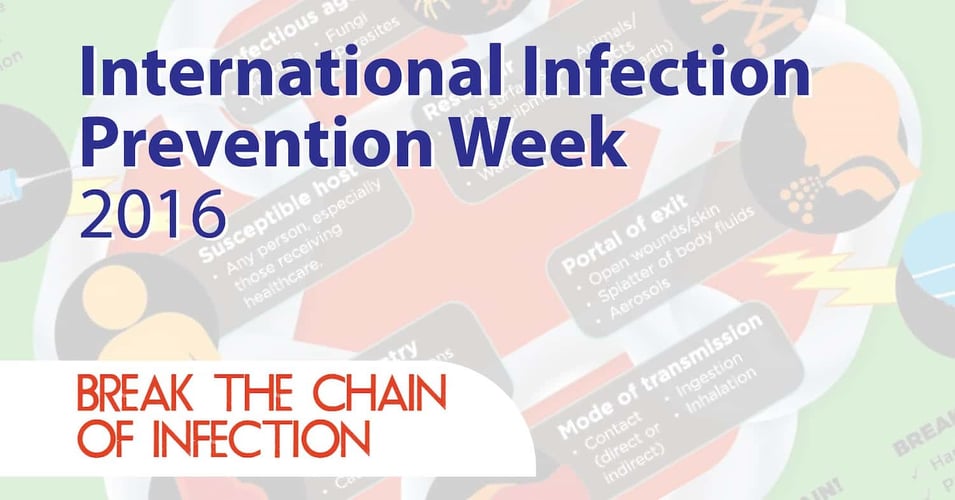HAIs in the Time of COVID: The Numbers Are In

 In a previous post, we explored the preliminary data describing the status of Hospital-Acquired Infections (HAIs) during the pandemic. These first glimpses painted a picture of challenges to infection control and prevention, and hinted at what might be expected in terms of elevated infection risks despite enhancing cleaning regimens. Now, with the release of the analysis conducted by the National Health Safety Network (NHSN) and the Centers for Disease Control and Prevention (CDC), we finally have the numbers. In a word, they are bleak.
In a previous post, we explored the preliminary data describing the status of Hospital-Acquired Infections (HAIs) during the pandemic. These first glimpses painted a picture of challenges to infection control and prevention, and hinted at what might be expected in terms of elevated infection risks despite enhancing cleaning regimens. Now, with the release of the analysis conducted by the National Health Safety Network (NHSN) and the Centers for Disease Control and Prevention (CDC), we finally have the numbers. In a word, they are bleak.
Up until the COVID-19 pandemic, HAIs were seeing a steady decrease across infection types as well as across facility type. Changes in infection control and prevention protocols were having an impact on bloodstream infections, device-associated infections, surgical site infections, and multi-drug resistant organisms (MDROs). However, as the pandemic put tremendous burdens on acute-care hospitals, especially in certain parts of the country, the expected increase in HAIs was realized.
Overall, American hospitals dealt with a unique set of pressures. Average length of stays increased for patients with an indwelling device (central line or ventilator). In addition, due to the nature of the influx of COVID-19 cases as well as staffing and isolation needs, device days went up significantly for central lines, catheters, and ventilators. All these impacted infection rates across the board.
The greatest increases were seen in central-line associated bloodstream infections (CLABSI). While the overall national increase was 45-53% depending on quarter, some states saw increases as high as 149% (Arizona, the greatest increase) and 100% (Massachusetts). The authors of the NHSN/CDC report suspect lapses in central line insertion and maintenance are to blame, lapses due to the overwhelming challenges of staffing shortages, extreme surges in admissions, and the need to isolate infected patients (leading to less observation by heath care workers).
The other category of infections that saw significant increases was ventilator-associated events (VAE). This increase can be explained in some part due to the significant increases in device days, with so many COVID patients requiring ventilators. This infection category was the least reported, with 45% of hospitals not reporting or not fully reporting rates (which was permitted through a Standard Exception due to COVID). As a result, the VAEs may be actually much higher than the reported increase of 45%. Some states reported as high as 91% increases in VAEs (NY).
Catheter-related urinary tract infections (CAUTI) were predicted to increase 15% taking increased device days into consideration, but instead increased by 36%. One of the most effective ways to decrease CAUTIs is to remove a catheter as soon as medically possible. In the midst of a pandemic, however, when health care workers are pressed for time as well as severely understaffed, the prompt removal of a catheter is not always possible - especially considering that once a catheter is removed, a patient often has to be assisted to the restroom, which can be risky while also being time-intensive. In this category, some states saw increases as high as 69% (Arizona).
Rates of infections caused by methicillin-resistant S. aureus (MRSA) also increased during the pandemic, due in some part to the reduction of patient days, admissions, and outpatient encounters. In an infection/patient ratio, fewer patients mean higher infection rates if the number of infection remains the same. However, analysis revealed that these reductions accounted for only a part of the impact. Nationally, MRSA rates increased by as high as 34%, with rates in some states even higher (Louisiana saw increases of 96%). S. aureus is the major cause of secondary infections to COVID-19, however, this impact alone does not account for the rise in MRSA infections.
Ready for some good news? Rates of infection due to C. difficile (CDI) as well as surgical-site infections (SSI) went down during the pandemic. The authors propose that the enhanced compliance with hand hygiene and personal protective equipment (PPE) accounted for the steady reduction in CDI. SSI was impacted by a reduction in elective procedures, so the continued reductions or plateaus in this category are attributed to the 23-39% reduction in the related procedures. But we'll take good news where we can get it.
Looking to the future, hospitals can learn from this experience to make infection control practices and interventions even more integrated into human protocols and the built environment, so that pressures from unforeseen crisis do not impact them as heavily. What lessons do you think hospitals have learned about infection control and prevention from the COVID-19 pandemic? Which do you hope to see implemented? Add your thoughts to the comment section and add to the conversation!
![EOScu Logo - Dark - Outlined [07182023]-01](https://blog.eoscu.com/hubfs/Eoscu_June2024/Images/EOScu%20Logo%20-%20Dark%20-%20Outlined%20%5B07182023%5D-01.svg)




